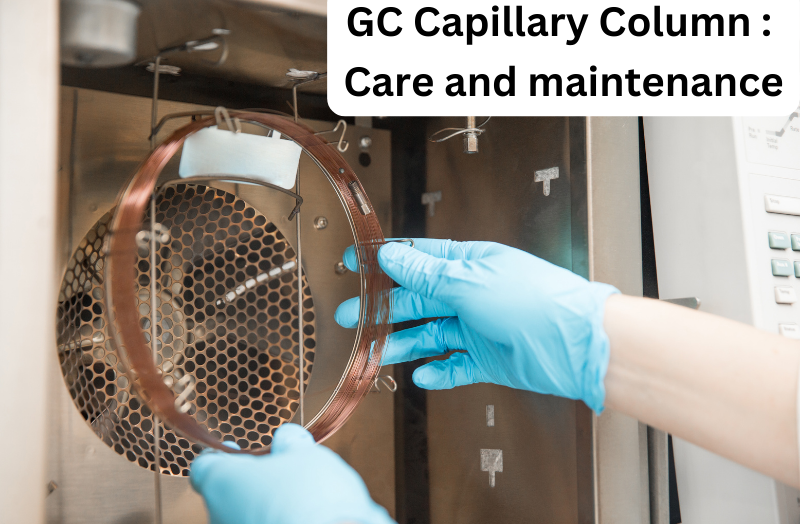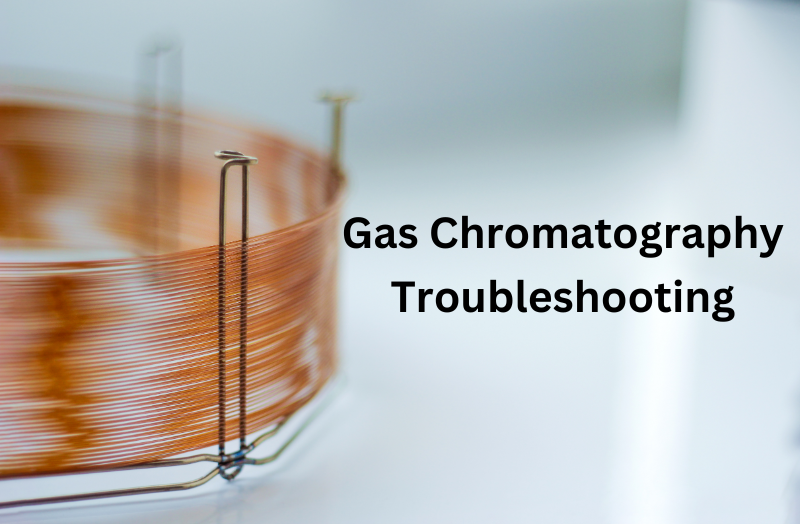GC GC-MS Troubleshooting
Flame Ionization Detector
Flame ionization detection (FID) is the most commonly used detector for gas chromatography (GC) analysis. FID is sensitive to molecules that are ionized in a hydrogen–air flame, including most carbon-containing compounds. But there are notable exceptions (see Table I). During the operation of an FID, the carrier gas that is leaving the column is mixed …
Gas Chromatography (GC) Capillary Columns : Care and Maintenance
The best way to extend the life of a gas chromatography (GC) capillary column is to not foul it in the first place. It is important to pay close attention to sample preparation to remove as many nonvolatile or less-volatile matrix components as possible. The best way to prolong your gas chromatography column life is …
Gas Chromatography (GC) Capillary Columns : Care and Maintenance Read More »
What is Chromatography?
A. Introduction Chromatography is an important biophysical technique that enables separation, identification, and purification of components of a mixture for qualitative analysis and quantitative determinations. Three components are central to any chromatography system. Figure 1 demonstrates chromatography principles using a filter paper as a stationary phase for separation of mixture components. This type of chromatography …
Gas Chromatography Troubleshooting
1. What is gas chromatography Gas chromatography (GC) is a widely used analytical technique for separating, identifying, and quantifying components of complex mixtures. It offers high sensitivity, resolution, and efficiency, making it indispensable in various fields such as pharmaceuticals, environmental analysis, forensics, and food testing. However, like any analytical instrument, GC systems can encounter issues …


